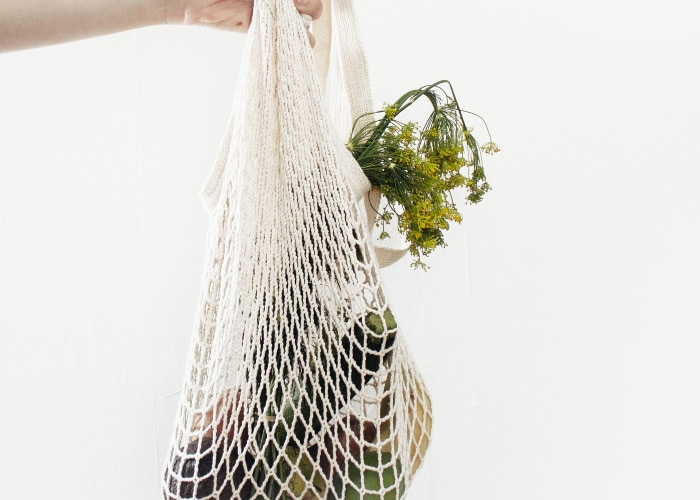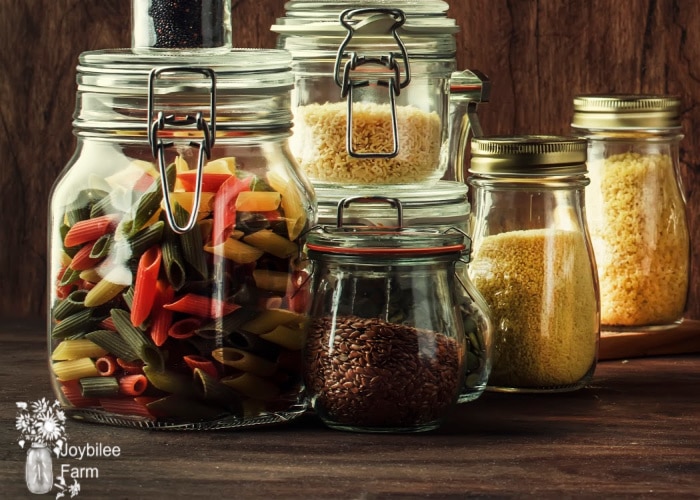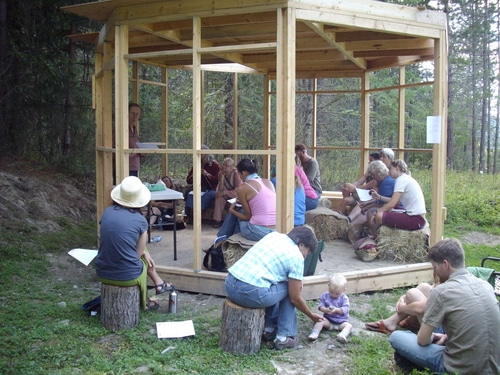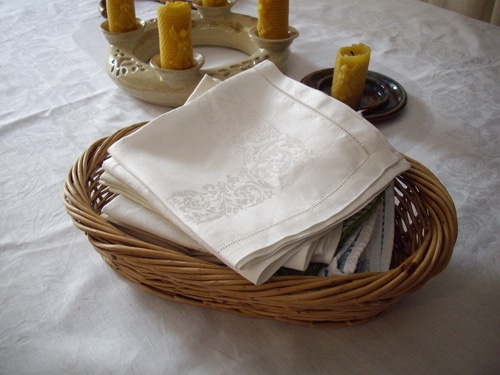At the first glance, the zero waste movement seems like a fad. It’s in, it’s hip, and it’s shiny, new, and expensive to adopt. Here are a few ways you may already be practicing the zero waste movement’s principles, and how these principles can align some of your goals and dreams.
While there is an abundance of ways to dip a toe into the zero waste movement, you may be wondering why it matters to you. While a personal goal of creating zero waste is laudable, the actual feat can seem impossible, drastic, expensive, and only possible in the city. The thing is, the zero waste movement is basic economics, health, and old fashioned thrift packaged as environmental conservation.
We don’t need a handful of people doing zero waste perfectly. We need millions of people doing it imperfectly. – Anne Marie Bonneau
The more packaging and processing attached to a product, the less likely the product is good for your health, budget, or the environment. Obviously, there will be exceptions, and situations where processed items are needed, such as pre-made elderberry syrup for the flu or herbal bitters made for you.
1. It helps you reach your budget goals
The zero waste movement’s principles include cooking from scratch, using bulk foods, and making sure to use up all food scraps. This gets more bang from your food budget dollar, as well as helping reduce food waste. Reduce food waste further by composting or feeding food scraps to chickens. Do you have an organics recycling program where you live? You can send your food waste to the organics bin.
Zero waste also means using the reusable items you have, and when they wear out replacing them with more environmentally friendly options. For example, using your plastic reusable containers for your planned packed lunches, and only replacing them with glass versions as they wear out. It can also mean avoiding single-use products and products packaged for convenience unless they are made at home.
The zero waste movement can help align your goals for health, money, and the environment. Convenience foods, sugary drinks, and over-processed convenience food have some of the worst consequences not just for the environment but for our financial peace and our health as well. Cutting back on waste means cutting out some of these products. Doing so will save you money and put you on track for improving your health.
2. It can help you reach your health, and/or fitness goals
It is not just about the physical objects that end up in a landfill, the zero waste movement is also about carbon emissions and bringing mindfulness to general consumer behavior. Cooking from scratch helps you reach your health and weight goals. Depending on where you live, walking or biking for errands helps with your fitness goals too.
If you enjoy things like hiking, biking, swimming, and walking in nature, plan your exercise for zero waste. Do you need to drive to be able to hike? Carpool with friends and family, and make it an adventure.
3. The zero waste movement encourages learning and mastering skills
The emphasis on reusing and refashioning clothing, and other items, in the zero waste movement, can encourage you to try new skills. Do you know how to sew? Try sewing a reusable bag from old clothing. You can learn how to make green cleaners, homemade soaps, cosmetics, and more. For example, if you have the goal of cutting out artificial fragrances for your home cleaning and beauty products, make them from scratch using essential oils. In this way, you’ll reduce chemical exposure in your home and improve your indoor air quality.
If you already know a lot of grandma’s thrifty skills, they will stand you in good stead as you explore the zero waste movement. Hone your sewing or woodworking skills by upcycling items from the thrift store, or items from your home that are ready for a second life.

4. It can help you be a mindful consumer
The consumer model is built around waste and instant gratification. Reducing the “stuff” you bring home means you’ll have less “stuff” to get rid of later. Changing the way you think about the stuff you own can help you make better decisions about what to purchase and what to walk away from.
Ask yourself:
- Do I need the reusable straw the zero-waste sites are selling?
- Do I need to buy a new canvas tote, or can I up-cycle those worn jeans into one?
- Can I reuse this packaging before recycling it?
- Can I reduce packaging by buying this item in bulk?
Some of the guidelines about your purchases are also appropriate questions for your budget and for your health. Our health, and our environment’s health, are intertwined. What is genuinely best for us, will usually be better for our environment too.

5. A zero waste lifestyle can build your community
Environmental models are closed circles. The goal of the zero waste movement, eventually, is to have nothing consumed that isn’t able to be returned to the environment. On a micro-scale, this includes your local community and community environment.
In our world of mass-produced products, food trucked and flown in out of season, and instant convenience, our local economies have suffered. Food from the farmer’s market that you can pick up off the table, put in a reusable bag, and take home will have a smaller carbon footprint and less waste than its grocery store equivalent. It will be fresher, healthier, and you’ll be spending your hard-earned dollars to support your local farmers, not a multi-billion dollar company.

Local farmers, whether for vegetables, fruit, eggs, or meat, will have a smaller overall footprint than the mass-produced equivalent in the grocery store. Meatless meals might have a lower carbon footprint than meat, in some circumstances. However, your local, pasture-raised lamb will have a much smaller carbon footprint, than the factory-farmed meat at the wholesale store, or any trucked in and over-processed meat substitute.
If you feel alone with zero waste efforts in your community, spread the word by teaching your skills to others. Some people don’t know how to cook dried beans from scratch or how to sew. If you find someone who is interested but lacks the skills needed, teach them if they want to learn.
You don’t have to reuse all your old and unwanted items. Donate your still-good items to the thrift store or homeless shelter. Someone else will be able to upcycle your hand-me-downs. This helps build the community of up-cyclers and DIY’ers, who are already practicing the zero waste movement’s principles, just without the fan-fare.

More inspiration for the zero waste lifestyle
42 Zero Waste Habits that will Save You Money
25+ Swaps for a Zero Waste Kitchen
20 Ways to Make 2020 Your Zero Waste Lifestyle Year
How Upcycling Grandma’s Linen Can Save You Money
Your Turn:
Which one benefit of the zero waste movement do you value the most?




I recycle clothes to thrift stores, recycle school clothes and out grown shoes to the school. I cook mostly from scratch an d make m own cakes and cookies. I am trying my hand at growing tomatoes and regrowing celery.